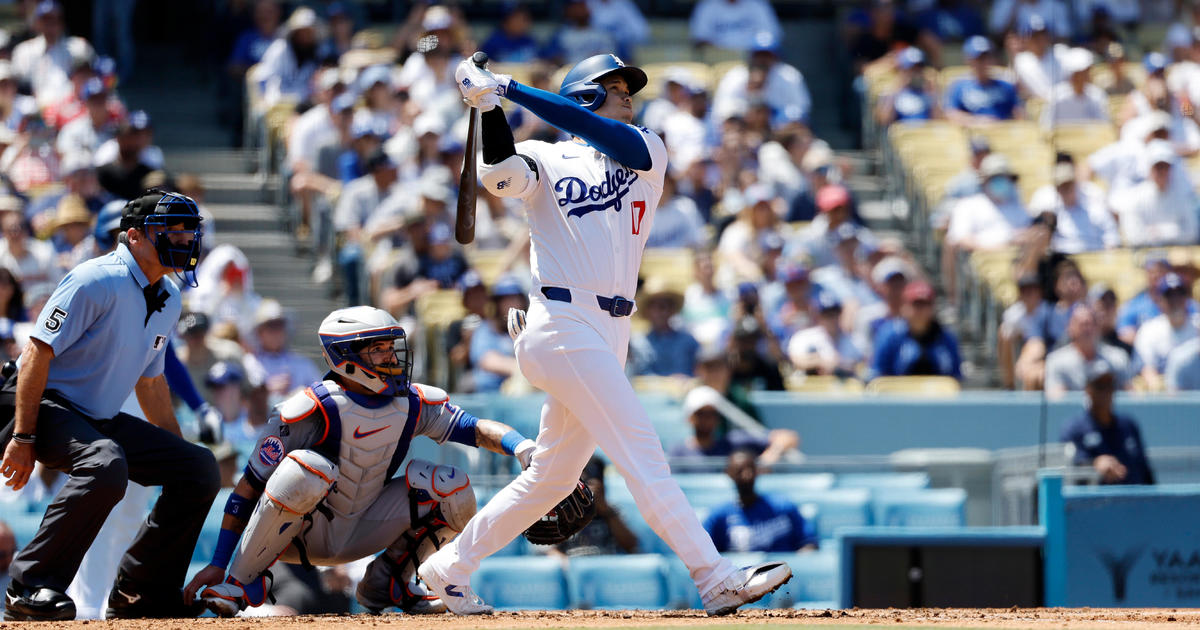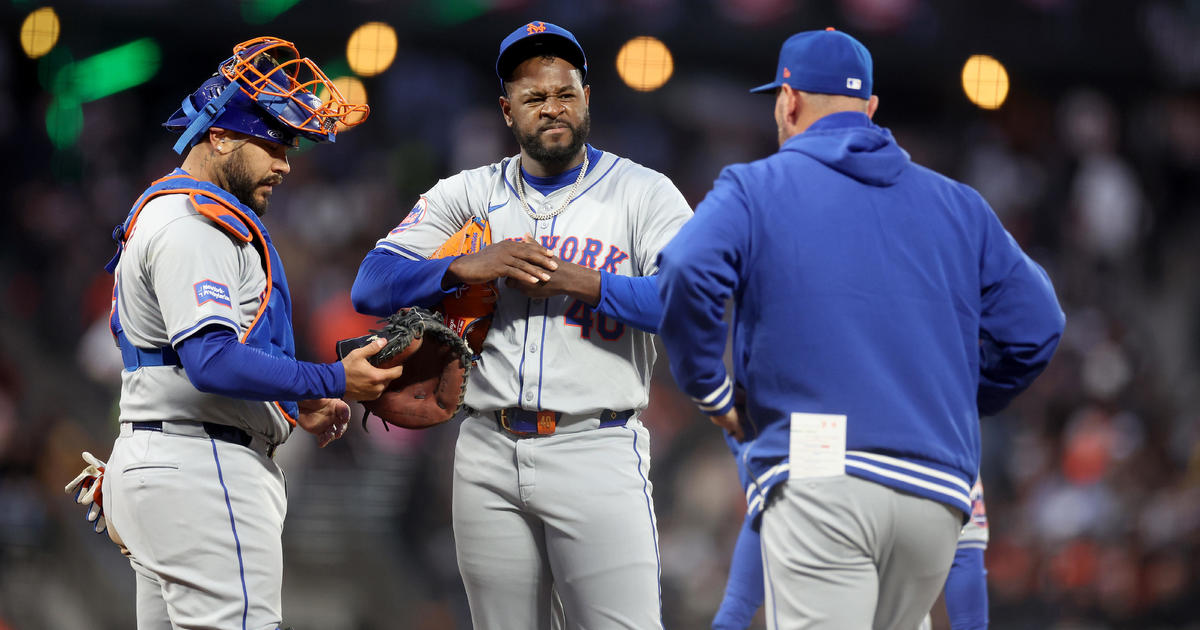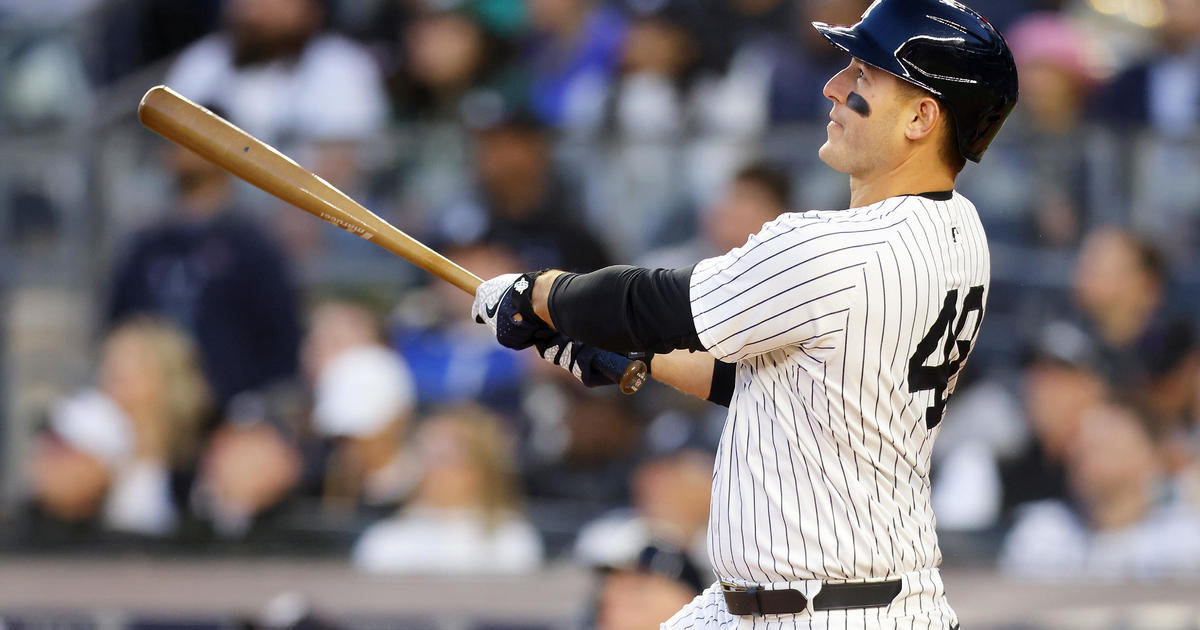Injury Breakdown: Mets' Santana Shouldering Surgery
By Abby Sims
Mets left-hander Johan Santana, originally thought to have a pectoral muscle strain, was diagnosed last week with a tear in his anterior (front) left shoulder capsule. He is likely to undergo surgery after consulting a second opinion. Santana hasn't pitched in a game situation since exiting a game due to shoulder complaints in the fifth inning on September 2nd and he is unlikely to pitch again for quite some time. This is obviously bad news for the Mets, and especially so for Santana, who has spent the last two off-seasons rehabbing after much less significant surgeries on his knee and elbow respectively.
Pitchers place undue stress on the anterior compartment of the shoulder. As a result, any comparison of Santana's prognosis for returning to competition to that of position players who have suffered a similar injury is virtually meaningless. Reports that Jorge Posada rebounded well from a capsular tear may be encouraging to Santana but the outlook of management should be more tempered.
What is a joint capsule and what is its function?
A joint is where bones meet in order to permit movement. Most of our joints are of the synovial variety – they are surrounded by a layer of tissue that produces a fluid, called synovial fluid, which lubricates the joints to reduce friction, help protect the joint surfaces and provide nourishment to cartilage (which has a very limited blood supply). The stability of each synovial joint is dependent on its ligaments, which connect one bone to the other, and on the joint capsule. The joint capsule is the structure that serves as a sleeve to this entire complex. It is a thickened connective tissue that plays a key role in both limiting and permitting movement.
The head of the humerus (bone of the upper arm) is shaped like a ball. Though it forms a true ball and socket joint with an extension of the shoulder blade, Wheeless' Textbook of Orthopaedics aptly likens the shoulder joint more to "a grapefruit in a saucer". This is because there is a large rounded surface forming a joint with a very shallow, almost flat surface. As a result, we have the capacity for such significant range of motion at the shoulder. In fact, it is the joint with the greatest freedom of movement.
The superior (uppermost), middle and inferior (lower) ligaments of the shoulder joint are essentially thickenings of the joint capsule. As a whole, these structures provide restraint on the movement permitted at the joint. The capsule is much larger than the joint itself however, in order to allow for necessary movement. An analogy would be the visible folds in the skin above your knees and elbows. When you move these joints through their available range of motion you take up the slack in the skin and stretch it so that the folds are no longer visible. This is what happens to the joint capsule when you elevate your arm or rotate your shoulder to its fullest – the folds in the capsule are distended. Once the limit of stretch is reached, a joint is at the end of its available range of movement. Another interesting way in which the shoulder capsule contributes to stability is by maintaining a negative pressure within the joint.
With traumatic anterior shoulder dislocation, not unusual in sports, the front of the capsule is torn, resulting in an unstable shoulder, or one with excessive mobility. This seemingly is what Santana has, without trauma other than from the repetitive motion of pitching. In contrast, a common non-athletic shoulder ailment is adhesive capsulitis, or frozen shoulder. In this case, the capsule is contracted and the folds adhere, thereby limiting the excursion of movement that is possible at the joint. Rehab to restore motion for patients with this condition is not fun.
Static versus dynamic stability
The stability that is conferred by the ligaments and capsule of a joint is considered static stability – that is stability without a movement component. Muscles also play a role in providing a measure of dynamic stability, or stability which is a function of their support during movement. For instance, the external (outward) rotators of the shoulder play a key role in the dynamic stability of the joint by centering the head of the humerus and depressing it so that it does not impinge on the uppermost bone, the acromion. Though muscles therefore play a role in protecting our joints, without intact ligaments and capsules, the static stabilizers, our joints are at high risk for dislocation and the resultant instability is likely to cause a cascade of other injuries to the involved areas.
The pitching motion
At the end of the cocking phase of pitching, the pitcher's shoulder is at its maximum degree of external (outward) rotation. Though 90 degrees of outward rotation is considered normal for most of us, pitchers have a good deal more motion into this plane (consequently, many have more limited internal (inward) rotation than is classically "normal"). During the movement of external rotation, the head of the humerus glides forward, putting stress on the front of the joint capsule and the ligaments. When a pitcher moves forcefully to his end range of outward rotation with his elbow at shoulder height, these structures are stressed to their limits. This is why Santana's injury is so significant. In order to repair his capsule, and restore stability to his shoulder, doctors will have to severely limit Santana's external rotation. Rehab will focus on restoring his normal mobility, while addressing muscle tightness and managing any signs of inflammation. Restoring muscular strength, power and endurance will also be crucial. We know Santana is tough and has a strong constitution. What we can't predict is how he will respond to surgery and treatment.



